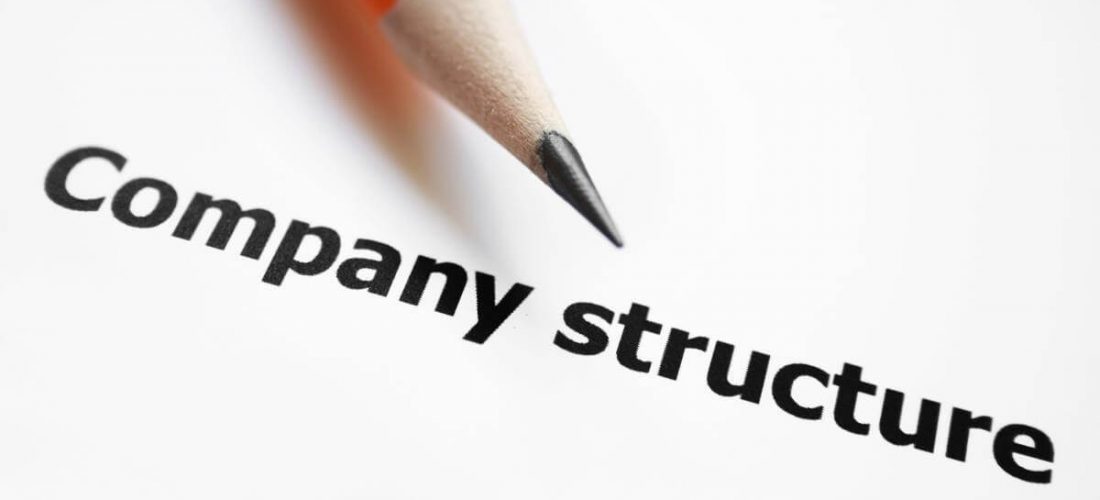Redundancy Pay If Company Goes Bust: Recognizing Your Entitlements in the UK
Redundancy Pay If Company Goes Bust: Recognizing Your Entitlements in the UK
Blog Article
Exploring the Operational Dynamics of Company Redundancy and Its Long-Term Sustainability

Redundancy Techniques for Organization Continuity
In order to ensure uninterrupted procedures, organizations have to execute effective redundancy methods for business continuity. Redundancy in this context describes the replication of important parts or features within a system to reduce the impact of prospective failings. By incorporating redundancy methods, organizations can improve their durability versus disturbances created by various aspects such as all-natural disasters, tools failings, or cyber-attacks.
One typical redundancy approach is the execution of back-up systems and information storage solutions. This includes creating duplicates of crucial data and systems that can be triggered in situation of a key system failing. In addition, organizations can establish repetitive communication channels and power resources to keep connection and operations during unpredicted occasions.
Additionally, cross-training staff members to carry out several duties within the firm can act as a useful redundancy technique. This makes certain that necessary tasks can still be carried out even if vital workers are unavailable due to disease or other factors. Generally, reliable redundancy techniques are crucial for businesses to support operational connection and decrease the influence of possible disruptions.
Effect of Redundancy on Organizational Durability
Provided the essential function redundancy strategies play in making certain service continuity, checking out the impact of redundancy on business resilience ends up being critical for recognizing the holistic operational dynamics of a company. Organizational durability refers to an entity's ability to adjust to interruptions, recover from obstacles, and change when necessary while preserving core features. Redundancy, when strategically implemented, can substantially add to improving a company's resilience despite unanticipated obstacles. By having back-up systems, workers, or processes in area, business can much better hold up against shocks and continue procedures with very little disruption.
Moreover, redundancy can boost worker morale and confidence, understanding that there are contingency plans in position to address unforeseen scenarios. This feeling of safety and security can lead to raised productivity and a much more favorable work atmosphere. In addition, redundancy can cultivate advancement and creative thinking within a company as workers really feel empowered to take calculated threats, recognizing that there is a safeguard to support them in case of failing. On the whole, the effect of redundancy on organizational strength is profound, forming the long-term sustainability and success of a visit the site business.
Balancing Performance and Versatility in Redundancy
Attaining an unified equilibrium in between functional efficiency and adaptive versatility is a pivotal difficulty in the tactical implementation of redundancy within organizations. Efficient procedures are essential for preserving productivity and cost-effectiveness, making certain that sources are made use of ideally. Nevertheless, too much emphasis on performance alone can lead to rigidity, making it difficult for companies to adapt to unpredicted modifications or difficulties. On the other hand, adaptability permits organizations to respond nimbly to advancing situations, promoting innovation and resilience. Yet, way too much adaptability without a strong functional foundation can cause inefficiencies and disparity.
To stabilize efficiency and adaptability in redundancy preparation, companies have to thoroughly examine their operational requirements, market dynamics, and calculated goals. Eventually, discovering the best stability between efficiency and flexibility is important for building a resilient and lasting company in the face of uncertainty.
Long-Term Sustainability Through Redundancy Preparation
To ensure long-lasting stability and security, companies should strategically straighten their redundancy planning with long-lasting sustainability objectives, thereby harmonizing functional performance with flexible flexibility. Long-lasting sustainability via redundancy planning involves greater than just temporary cost-cutting steps. It needs a detailed critical approach that anticipates future obstacles and opportunities. Companies need to watch redundancy not as a responsive solution to instant issues but as a proactive technique for long-lasting success. By incorporating redundancy planning with sustainability goals, organizations can produce a resistant framework that can withstand different market changes and internal changes.

Proactive Procedures for Sustainable Company Workflow
How can business proactively enhance their functional sustainability for lasting success? Implementing positive steps is vital for companies intending to make sure sustainable operations. One essential method is to buy innovation and advancement to enhance procedures, minimize Read Full Article waste, and remain competitive out there. Embracing sustainable techniques such as minimizing energy intake, lessening carbon impact, and optimizing source use can not just benefit the setting however additionally result in cost financial savings in the future.
In addition, fostering a culture of constant improvement and knowing within the company can improve versatility to altering market problems and customer needs. Urging employee participation in decision-making processes and giving chances for expert development can enhance morale, productivity, and total efficiency. Developing clear goals, monitoring essential performance indications, and frequently evaluating progress are essential components of proactive sustainability administration.
Collaborating with suppliers, consumers, and other stakeholders to promote lasting methods throughout the supply chain can produce a causal sequence of favorable effect - redundancy pay if company goes bust. By taking aggressive steps towards operational sustainability, firms can develop durability, drive technology, and secure their lasting success in an ever-evolving business landscape
Final Thought
In the world of business monitoring, the critical deployment of business redundancy stands as an essential yet complex method that requires a fragile equilibrium in between operational effectiveness and long-lasting stability. small business closing employee rights uk By studying the operational characteristics that underpin company redundancy and evaluating its broader implications for business durability and adaptability, a nuanced understanding of just how redundancy methods can shape the future trajectory of a business starts to unfold.Given the essential role redundancy techniques play in ensuring company continuity, checking out the impact of redundancy on business strength becomes essential for comprehending the alternative operational characteristics of a business. In general, the impact of redundancy on business durability is extensive, shaping the lasting sustainability and success of a business.
In final thought, understanding the functional dynamics of firm redundancy is important for making sure long-term sustainability.
Report this page